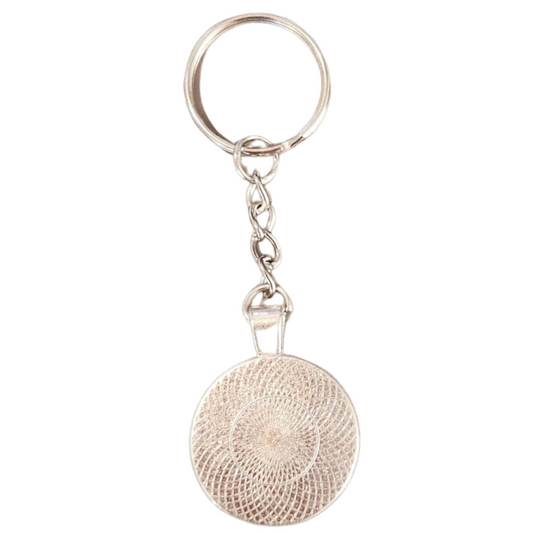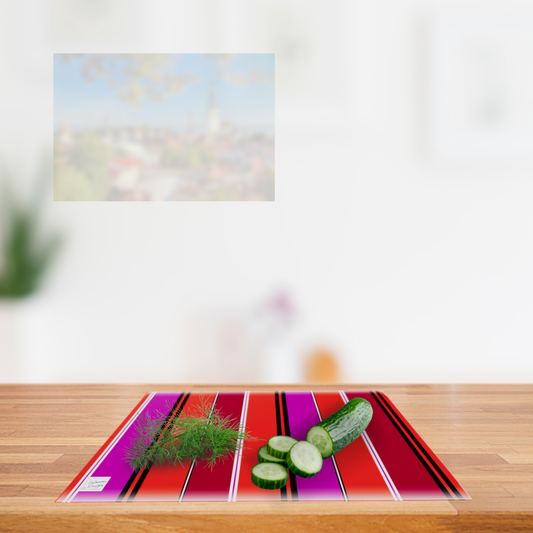Collection: Tori
The parish of Tori (in German Torgel ) was founded in 1634 and was located on the middle course of the Pärnu River, on the eastern edge of the central part of Pärnu County, opposite Viljandimaa. The parish of Tori has had a relatively large area, but due to the abundance of swamps and bogs, there was little space for good farmland and the population density was not very high. At the same time, the very important historical road from Pärnu to Vändra passed through the parish of Tori. During the Hanseatic period, the Pärnu and Navesti rivers were important winter roads. The large Kalev factory built by Sinti (1834) certainly had a great impact on the parish of Tori in the 19th century, which attracted people from rural areas to work.
A considerable amount of ethnographic source material has survived from Tori, as the collector of antiques and traditional music and popularizer of folk culture, August Pulst (1889-1977), came from that area. He was born and raised on the Nõmme farm in Kiisa village, Tammiste municipality, Tori parish, studied at the Riga Academy of Arts and worked as a painter and theater decorator. August Pulst began collecting as a student. He explained to the locals the importance of collecting antiques and storing them in museums. In addition, he led the formation of several future museum associations and provided the initial capital for their establishment by organizing folk music concerts. Museum collections have received a valuable addition thanks to his activities. The objects collected in the Tori Museum have been transferred to the Pärnu Museum.
-
Notebook Lined Tori
No reviewsRegular price $24.00 AUDRegular priceUnit price / per$0.00 AUDSale price $24.00 AUD -
Bumper Sticker Tori
No reviewsRegular price $10.00 AUDRegular priceUnit price / per$0.00 AUDSale price $10.00 AUD -
Sticker Tori
No reviewsRegular price $2.00 AUDRegular priceUnit price / per$0.00 AUDSale price $2.00 AUD -
Leather Coaster Tori
No reviewsRegular price $12.00 AUDRegular priceUnit price / per -
Tori Keyring
No reviewsRegular price $8.00 AUDRegular priceUnit price / per -
Tumbler Tori
No reviewsRegular price $55.00 AUDRegular priceUnit price / per -
Väike Tumbler Tori
No reviewsRegular price $40.00 AUDRegular priceUnit price / per -
Compact Mirror Tori
No reviewsRegular price $15.00 AUDRegular priceUnit price / per -
Treasure Tin Tori
No reviewsRegular price $30.00 AUDRegular priceUnit price / per -
Glass Chopping Board Tori
No reviewsRegular price $25.00 AUDRegular priceUnit price / per
Phone Cases
-

iPhone Case Tori
A phone case featuring the design of Tori. If you have an...
-

Samsung Case Tori
A phone case featuring the design of Tori. If you have an...
-

Moto Case Tori
A phone case featuring the design of Tori. If you have an...
-

LG Case Tori
A phone case featuring the design of Tori. If you have an...
-

Pixel Case Tori
A phone case featuring the design of Tori. If you have an...
-

Oppo Case Tori
A phone case featuring the design of Tori. If you have an...





























